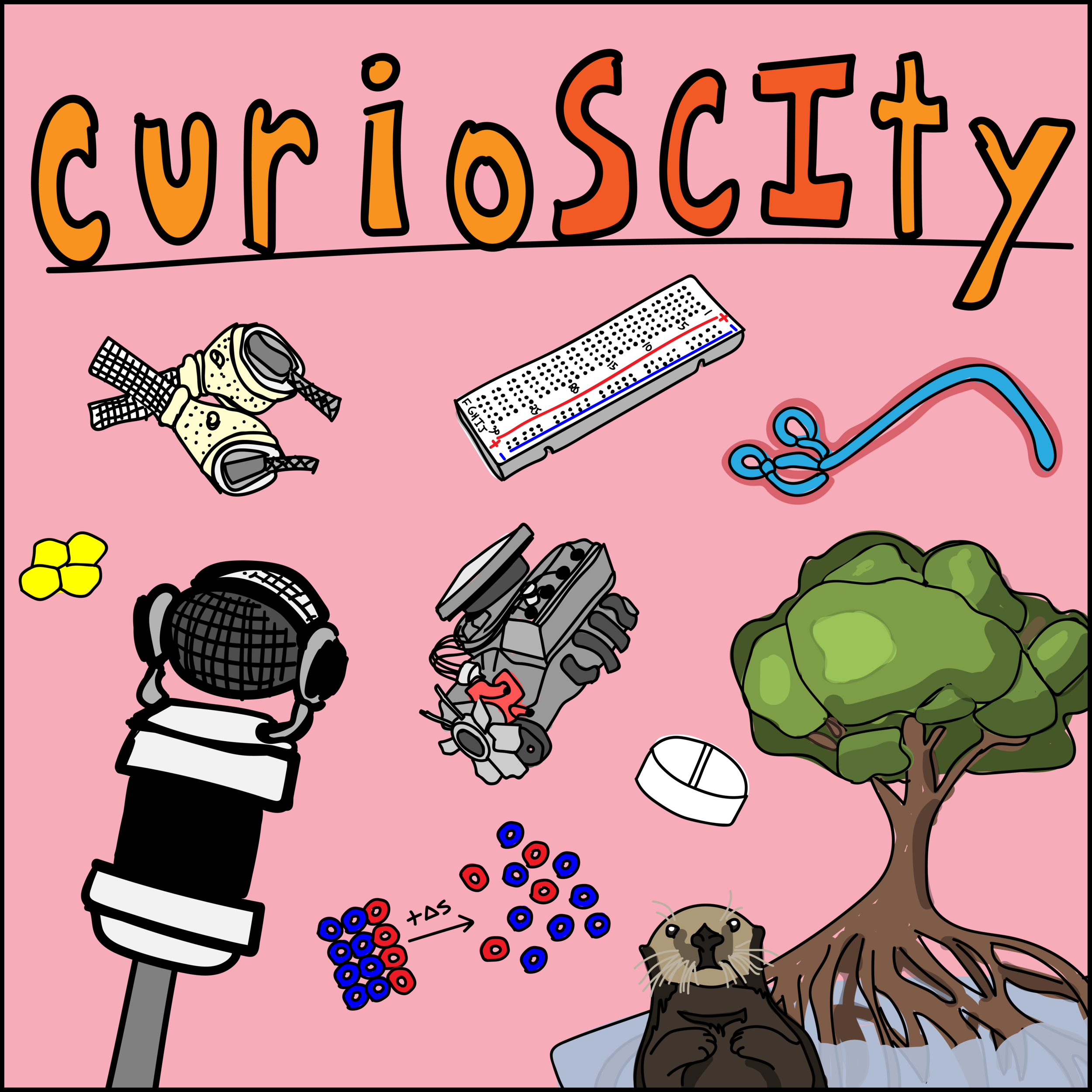39 - Grab Bag III (w/ Philip Hollingsworth!)
39. Grab Bag III
Some topics are short and sweet, but do not warrant an entire episode of conversation. There have been many requests for smaller topics to be discussed: thusly, establishment of the grab bag is a proper solution. Today we’ll discuss nutrients at the seafloor; gain of function mutations spurred by the atom; the countless combinations of colors in your typical Rubik’s cube; and, cultural understanding at the turn of the 20th century to allow us to be scientifically conversational.
General Learning Concepts
1) Whale Fall
a. What is a whale? Cetaceans (infra-order); ranging from porpoises to blue whales, these animals are divided by the presence of teeth (sperm whale, narwhal) or baleen (blue, humpback). FUN FACT: Baleen is made out of keratin, similar to our hair or fingernails. [2]
b. What happens to a whale when it dies? You may have seen a whale on shore, beached and dead. What you likely won’t see is when the whale sinks to the ocean floor. There is a limited amount of nutrients in this environment: therefore, a huge mass of whale acts as a huge nutrient stimulant to the area. The bones of the whale can act as scaffolding for building invertebrate colonies. This nutrient addition can last for years or decades, often stratified; for example, sulfur-reducing bacteria feed on fats and oils within the whale bones. The released hydrogen sulfide provides a basis for “sulphophilic” communities. Because these areas can often be light deprived, this influx of nutrients fuels chemosythesis. [2] [3]
c. Chemosynthesis: As described in episode 36, photosynthesis happens with sufficient sunlight (which could mean shallow water or below clear ice). Using solar energy, carbon dioxide and water are turned into sugar and oxygen. Chemosynthesis, instead, uses energy released by chemical reactions to produce food (for example, hydrogen sulfide).
2) Atomic Gardens
a. What was the purpose of an atomic garden? A radiation source (Cobalt 60) would be placed onto a tower in the center of a circular field. Those plants would be exposed with varying degrees of radiation that would induce mutations at the DNA level. Scientists would examine the plants for favorable mutations and then further develop them.
b. Successes? There were reports of a peppermint plant that became resistant to particular strains of wilt (with a variety of other reports I have not substantiated). Atomic gardening is still used today in the Institute of Radiation Breeding in Japan, looking for solutions to breed fungus resistance.
3) The Rubik’s Cube
a. What is a Rubik’s cube? The Rubik Cube is a cube consisting of 6 sides with 9 individual pieces on each. The main objective when using one is to recreate its original position, a solid color for each side, without removing any piece from the cube. Though it is colorful and looks like a children's toy, there have been many championships for its completion. It amused five-year-old children yet inspired mathematicians. (Raymond Tran, at Uni British Columbia)
b. How many potential solutions are there to a Rubik’s cube?
c. How does one solve a Rubik’s cube? Anecdotally, what people want to hear from how to solve a Rubik’s cube is two things. First, you need to have an understanding of specialized moves called algorithms (eg. a protocol or method to solve an issue) that properly aligns the cube. Secondly, I’ve learned that people want to learn they need to break what they’ve solved as they go. Do not solve by faces, but by layers. I’ve attached the original pogobat video I learned from back in 2007.
d. Further theory: I’ve attached a fabulous Berkeley article about the math theory of rubik’s cubes and how it pertains to group theory using commutators and conjugation.


